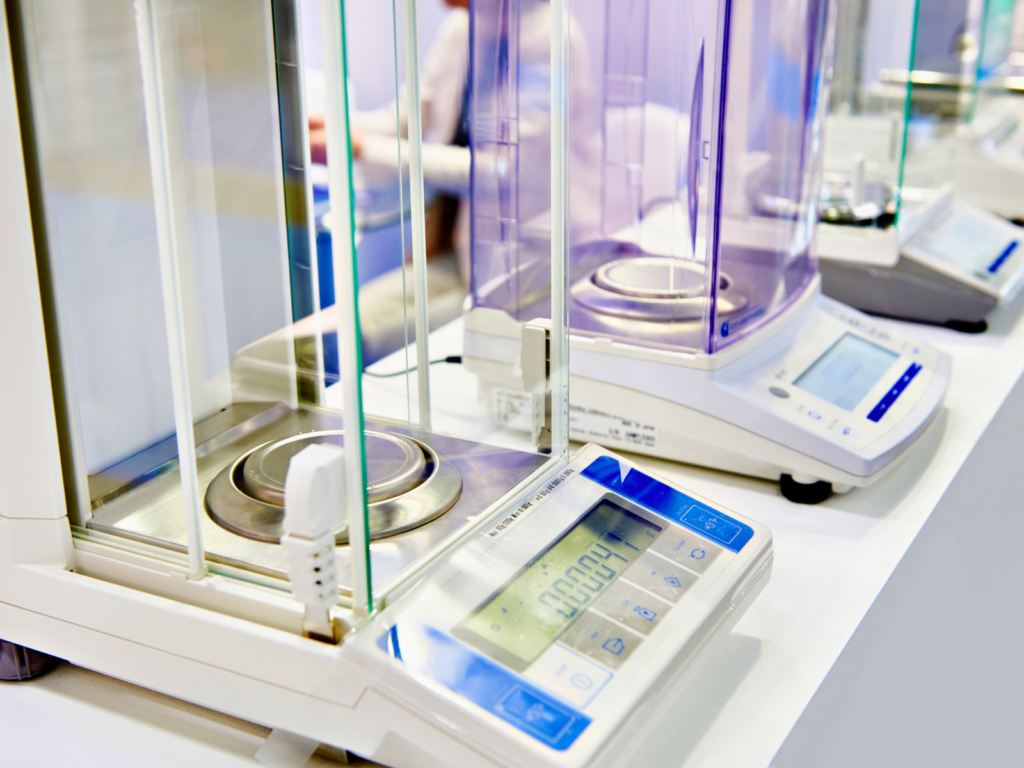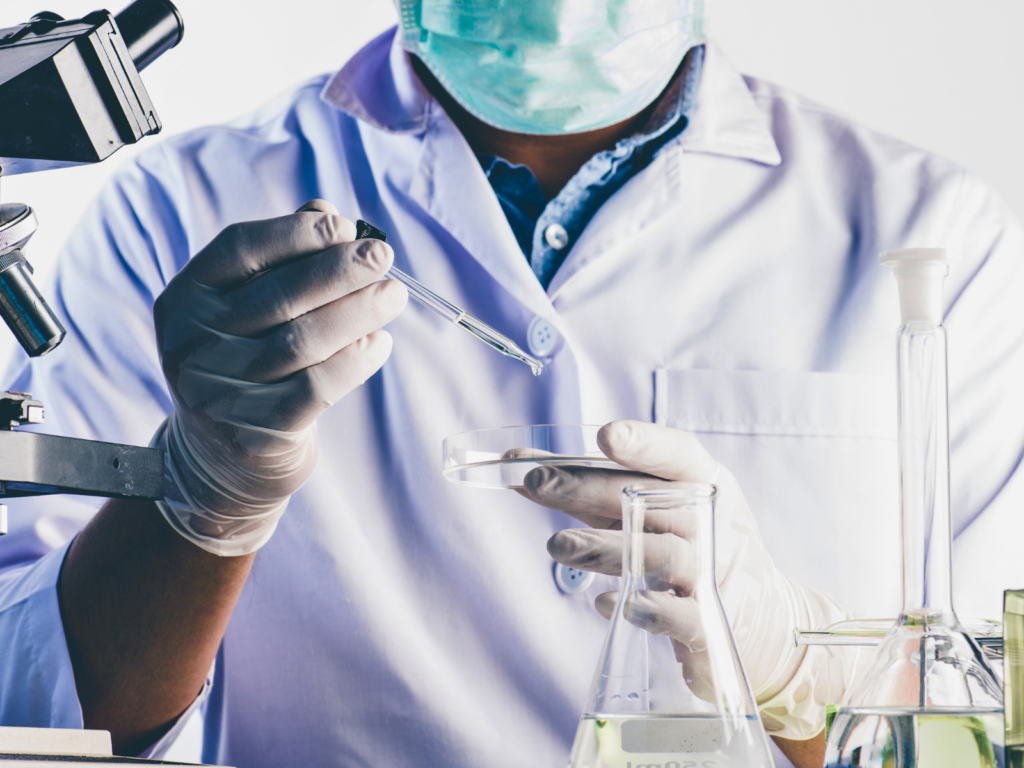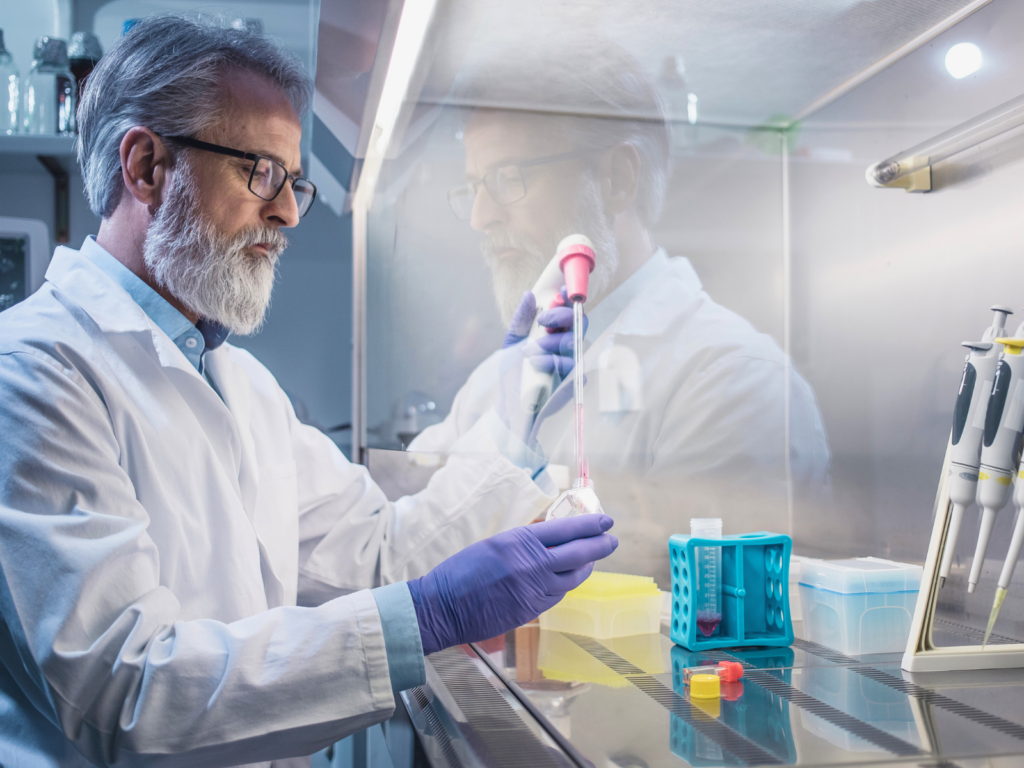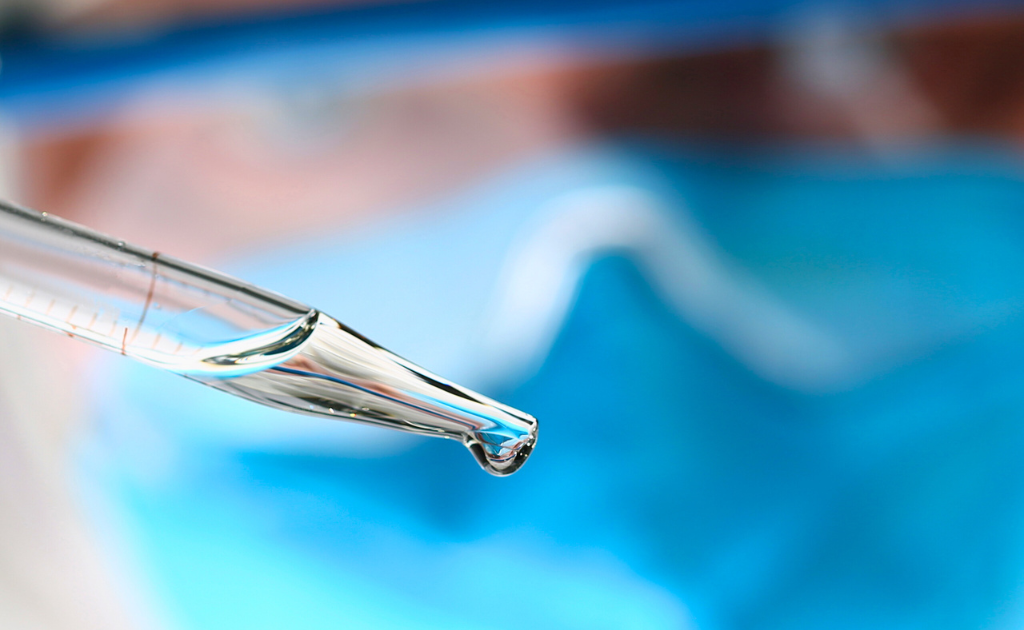Way back in the 1996, we were approached by two regional crime labs to calibrate their pipettes. We were, at that time, a gravimetrics calibration company and had never calibrated volumetric apparatus. I asked them to give me a couple of weeks to research the subject. I discovered that all volumetrics were calibrated gravimetrically and, just like any mechanical apparatus, the accuracy of a pipette will degrade over time. The frequency of use, the experience of the technicians and the corrosive properties of the sample will be the determining factors as to how quickly that degradation occurs.
This was right up our ally. I downloaded everything I could find from Gilson, Eppendorf and Oxford, purchased a five-place balance and accepted the challenge. I immediately discovered that pipettes, unlike balances are very nonlinear and the tolerances published by manufacturers were unrealistic at best. After some discussion with our customers, we came up with acceptable tolerances for the volume range they were dispensing with each pipette.
In 2002, the International Organization for Standards (ISO) published 8655 for the calibration of piston-operated volumetric apparatus. This changed everything for us and our customers, which by this time, had grown considerably. We now had a published guide created by experts in the field that answered the questions on realistic tolerances and acceptable balance resolutions. It also clarified the effects of the environment on the calibration process which confirmed that our initial formulas to calculate the K factor were correct.
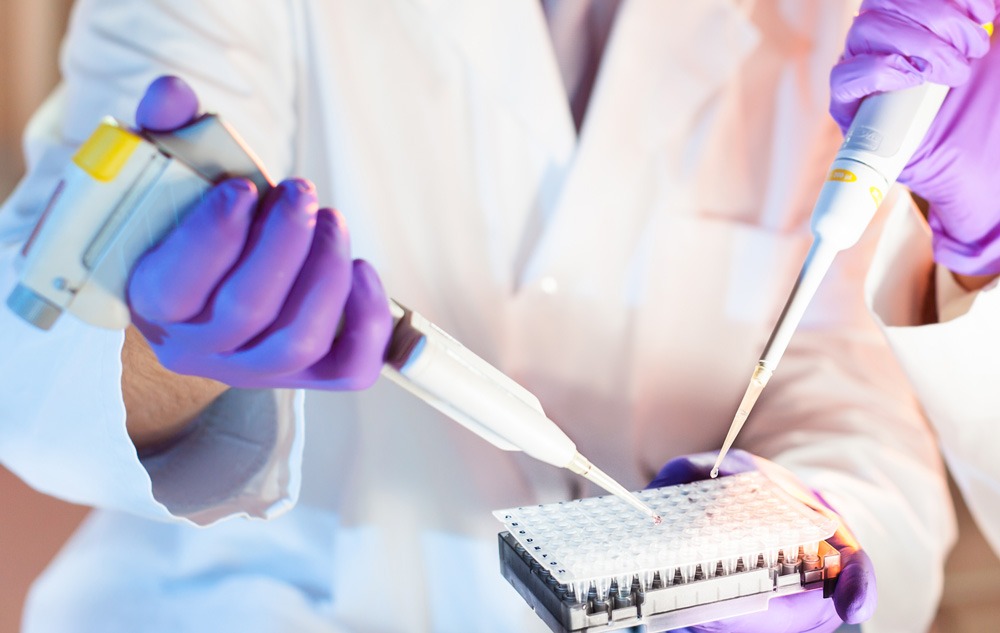
Over the last 25 years, we have gained lots of experience in calibrating, repairing, and maintaining pipettes. One of the most important lessons we have learned is that not all tips are created equal. The type of pipette tip used in the testing greatly affects results. The manufacturers tip is always recommended, but if the operator commonly uses tips other than the manufactures, these should be the tips used in the calibration process.
Pipette calibration is predominantly undertaken by gravimetric analysis and is the method most used by laboratories accredited to ISO/IEC 17025. ISO-8655-7 has recognized the validity of the photometric method to give results equivalent to those given by the gravimetric method although gravimetric analysis is preferred due to the simplicity and the traceability to an absolute standard. Gravimetric methods are also often recognized as a more economical way of calibration.
Allometrics offers two types of calibration reports for pipettes. The first is ISO/IEC-17025 which conforms to tolerances, calibration equipment, calibration test points and uncertainty calculations specified by ISO 8655 and ISO/IEC-17025. Our accredited calibration certificate shows ten as found and ten as returned readings. The second is our NIST calibration which conforms to calibration equipment specified by ISO 8655 but allows for custom tolerances and test points requested by the customer. Our NIST calibration certificate shows one as found reading and five as returned readings. Both are available for on site and in house calibrations.
In summary, Allometrics has been calibrating volumetric apparatus for over 25 years. Our research in the field and our commitment to quality service to help our customers deliver a quality product makes Allometrics the clear choice when measurements matter.

